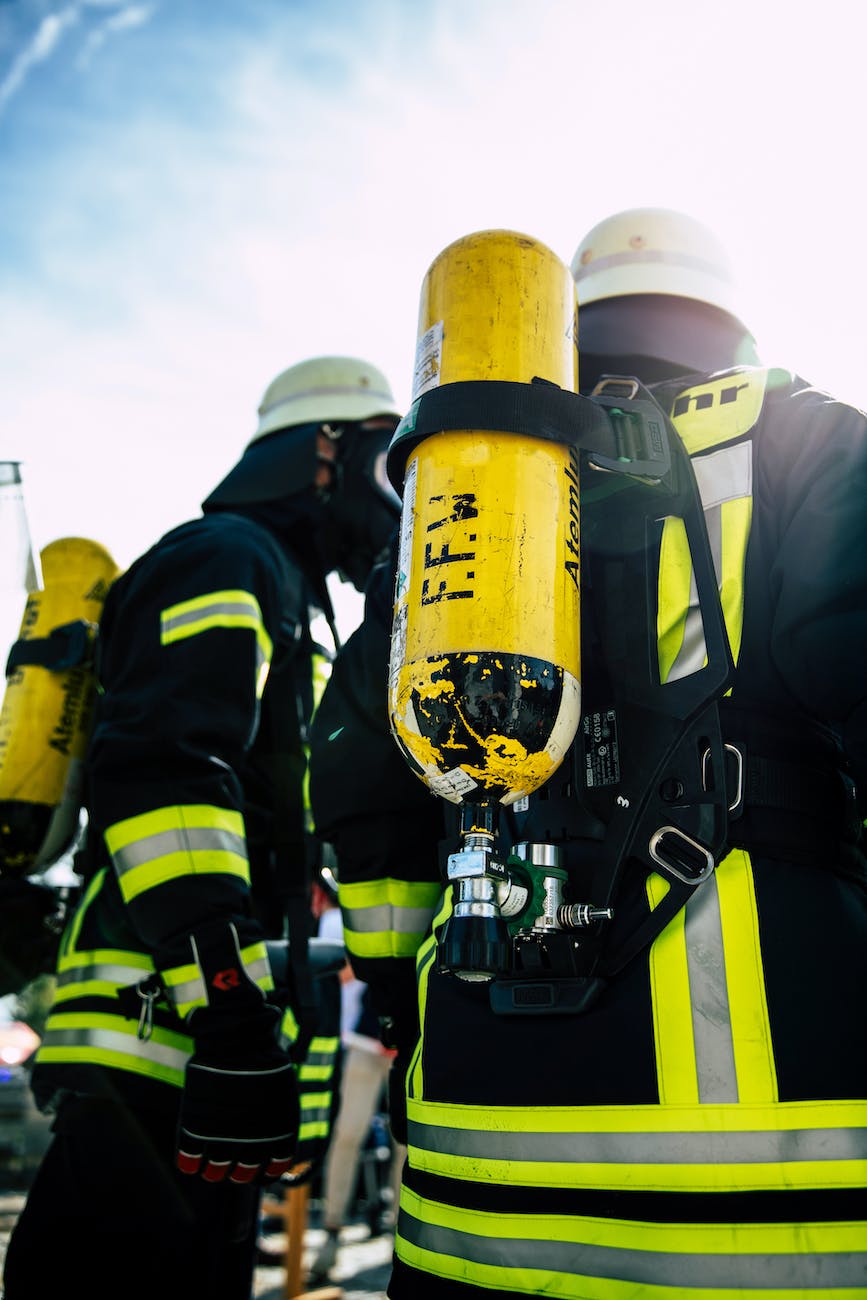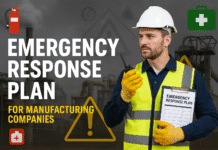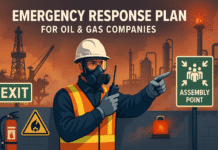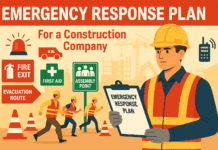
Ammonia Safety: Handling and Emergency Response
Introduction
Ammonia, a commonly used industrial chemical, is vital in various applications, but its handling comes with inherent risks. Understanding and implementing robust safety measures are crucial to prevent accidents and ensure effective emergency responses. This article explores the key aspects of ammonia safety, covering safe handling practices and strategies for responding to emergencies involving ammonia.
Understanding Ammonia and Its Hazards
- Properties of Ammonia
- Chemical Formula: NH3
- Physical State: Colorless gas with a pungent odor
- Common Uses: Refrigeration, agriculture, and manufacturing processes
- Hazards Associated with Ammonia
- Toxicity: Inhalation of ammonia vapors can cause respiratory distress and irritation.
- Flammability: Ammonia is not flammable but can support combustion in the presence of other combustible materials.
- Reactivity: Ammonia reacts violently with certain substances, posing explosion risks.
Safe Handling Practices for Ammonia
- Personal Protective Equipment (PPE)
- Respiratory Protection: Use respirators with ammonia-specific cartridges.
- Eye and Face Protection: Wear chemical-resistant goggles or a full-face shield.
- Protective Clothing: Use chemical-resistant suits and gloves.
- Proper Storage and Ventilation
- Segregation: Store ammonia away from incompatible substances, such as acids or chlorine.
- Ventilation Systems: Ensure well-ventilated areas to disperse ammonia vapors.
- Equipment Inspection and Maintenance
- Regular Checks: Inspect valves, pipelines, and storage tanks regularly for leaks or defects.
- Preventive Maintenance: Implement a routine maintenance schedule for all ammonia-handling equipment.
- Employee Training
- Handling Procedures: Train workers on safe ammonia handling procedures.
- Emergency Response: Provide thorough training on responding to ammonia-related emergencies.
Emergency Response Strategies for Ammonia Incidents
- Evacuation Procedures
- Emergency Routes: Establish clear evacuation routes and assembly points.
- Training Drills: Conduct regular evacuation drills to ensure readiness.
- First Aid and Medical Assistance
- Eye Exposure: Rinse eyes immediately with water for at least 15 minutes in case of exposure.
- Inhalation: Move affected individuals to fresh air and seek medical attention promptly.
- Containment and Spill Response
- Isolation: Isolate the affected area to prevent the spread of ammonia vapors.
- Spill Kits: Have ammonia-specific spill response kits readily available.
- Communication Protocols
- Emergency Contacts: Maintain a list of emergency contacts for quick communication.
- Notification Procedures: Establish clear procedures for notifying relevant authorities about ammonia incidents.
Regulatory Compliance and Reporting
- Safety Standards
- Occupational Safety and Health Administration (OSHA): Adhere to OSHA standards related to ammonia handling and employee safety.
- Environmental Protection Agency (EPA): Comply with EPA regulations concerning the release and reporting of hazardous substances.
- Incident Documentation
- Reporting Requirements: Follow regulatory requirements for reporting ammonia incidents to the appropriate agencies.
- Documentation: Maintain thorough documentation of any ammonia-related incidents for regulatory compliance.
Conclusion
Ammonia, while valuable in various industries, demands careful handling to ensure the safety of workers and the surrounding environment. Implementing strict safety measures, providing comprehensive training, and having effective emergency response plans in place are paramount. By adhering to regulatory standards and fostering a culture of safety, organizations can mitigate the risks associated with ammonia handling and contribute to a secure working environment.
How to Validate Root Cause in Six Sigma
Root Cause Analysis Tools in Six Sigma
Process of Root Cause Analysis
Frequently Asked Questions (FAQs)
- What are the hazards associated with ammonia?
- Hazards include toxicity upon inhalation, flammability in the presence of combustible materials, and reactivity with certain substances, posing explosion risks.
- What are the key safe handling practices for ammonia?
- Safe handling practices include wearing appropriate PPE, proper storage and ventilation, regular equipment inspection, and thorough employee training.
- How should emergency response be handled in ammonia incidents?
- Emergency response strategies involve evacuation procedures, first aid and medical assistance, containment and spill response, and clear communication protocols.
- What regulatory standards apply to ammonia safety?
- OSHA and EPA standards govern ammonia safety in the workplace, covering employee safety, environmental protection, and incident reporting requirements.
























